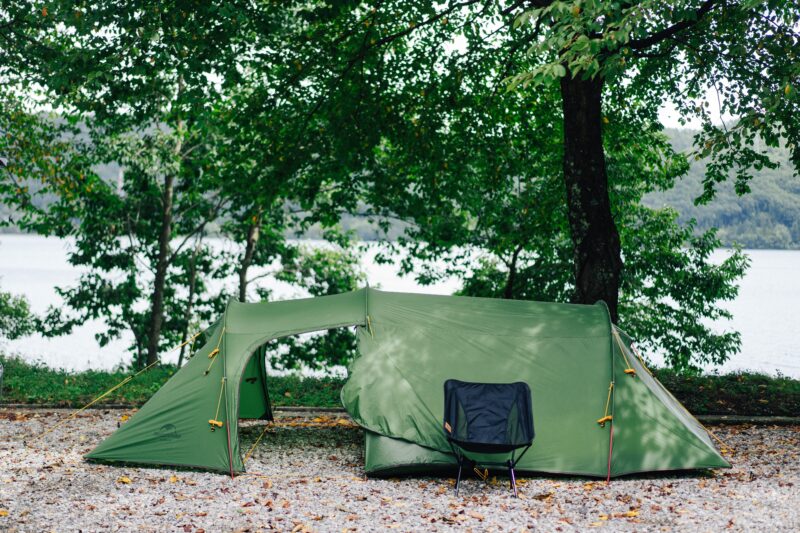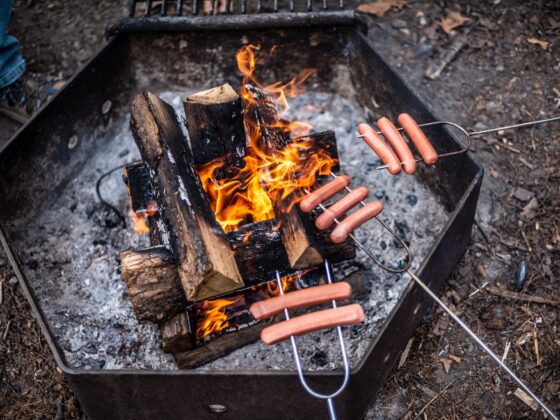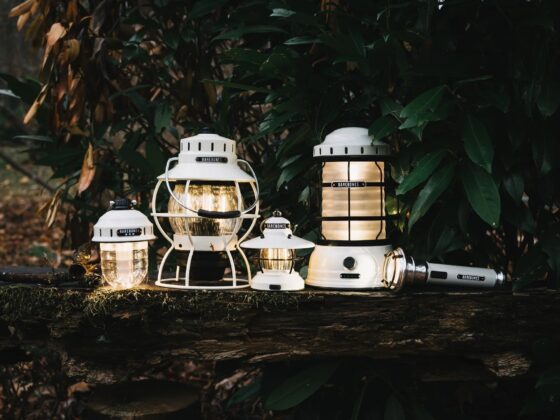Camping is a great way to spend time outdoors and connect with nature. A good camping tent is an essential part of any camping trip, and it’s important to take care of it to last for many future trips.
Here are some tips to extend the durability and usability of your camping tent:
Ways to extend the life of your camping tent
1. Choose the right campsite.
Choose a campsite that is level and free from sharp rocks and sticks that can damage your tent’s floor. Also, avoid setting up your tent in areas prone to flooding or heavy winds.
2. Use a footprint.
A footprint is a piece of material placed under your tent to protect it from rocks, sticks, and other debris on the ground. It also helps to prevent damage to the tent’s floor from water, which can seep in through the bottom of the tent.
3. Keep it clean and dry.
Always clean and dry your tent thoroughly before packing it away. Packaging a damp or dirty tent can lead to mold and mildew growth, weakening the fabric and reducing the tent’s lifespan. Better yet, use Kiwi Camp Dry Philippines to keep your tent dry.
4. Avoid exposure to the sun.
UV rays from the sun can weaken your tent’s fabric over time, so it’s important to avoid setting up your tent in direct sunlight for extended periods. Instead, use a tarp or shade cloth to provide some protection if necessary.
5. Use a rainfly.
A rainfly is an essential accessory for your tent, as it helps to protect it from rain and moisture. Make sure your rainfly is secured correctly and covers the entire tent, including the doors and windows.
6. Store it properly.
Store it in a cool, dry place when you’re not using your tent. Avoid storing it in direct sunlight or a damp environment, leading to mold and mildew growth.
Speaking of storage, ensuring that it provides you with many years of use and enjoyment requires storing your camping tent properly when not in use.
How to store your camping tent properly
Proper storage of your camping tent at home is essential to keep it in good condition and ready for your next camping trip. Here are some steps to follow for storing your camping tent at home:
1. Clean and dry the tent.
Before storing your tent, make sure it is completely clean and dry. If needed, shake out any debris or dirt and wipe it down with a damp cloth. Allow it to dry completely before packing the camping tent away.
2. Disassemble the tent.
Take down the tent and disassemble all the poles and stakes. Ensure everything is accounted for, including accessories like a car shower tent, attachable bed hammock, or hanging tent line, and put it in its proper place.
3. Store the tent in a cool, dry place.
Choose a cool, dry storage space, such as a closet or a shelf in a garage or basement. Avoid storing your tent in direct sunlight or in a damp or humid environment, as this can damage the fabric and lead to mold growth.
4. Store the tent loosely.
Do not pack the tent too tightly or compress it into a small space, as this can cause creases in the fabric that may not come out later. Instead, store the tent loosely in a storage bag or a breathable container.
5. Check on the tent periodically.
Even if you don’t plan on using your tent for several months, it’s a good idea to check on it periodically. This will allow you to catch any damage or signs of mold growth before they become more serious.
You should know your tent by heart. However, there are instances when it has served its purpose, and it is time for a new camping tent.
When to replace your camping tent
Knowing when to change your camping tent is important for ensuring your safety, comfort, and enjoyment while camping. Here are some signs that it may be time to replace your camping tent:
1. Damage to the tent.
If your tent has significant and irreversible damage, such as tears or holes in the fabric, broken poles, or missing stakes, it may be time to replace it. However, even if the damage can be repaired, it may not be as effective or safe as a new tent.
2. Wear and tear.
Over time, the fabric of your tent can become worn and thin, especially if you camp frequently. If you notice signs of significant wear and tear, such as thin spots, discoloration, or a loss of waterproofing, it may be time to replace your tent.
3. Age of the tent.
Even if your tent is still in good condition, it may be time to replace it if it is more than 10 years old. Advances in tent design and materials mean that newer tents may be lighter, more durable, and easier to set up than older models.
4. Changes in camping needs.
If you’ve recently changed your camping style or have different camping needs than when you first purchased your tent, it may be time to upgrade to a new model. For example, if you’re now camping with a family or larger group, you may need a bigger tent than you did in the past.
5. Safety concerns.
If you have any safety concerns with your current tent, such as instability in high winds or a lack of waterproofing during heavy rain, it’s crucial to replace it as soon as possible to avoid any potential accidents or discomfort.
By keeping an eye out for these signs and regularly inspecting your tent, you can ensure that you always have a safe and comfortable camping experience.



